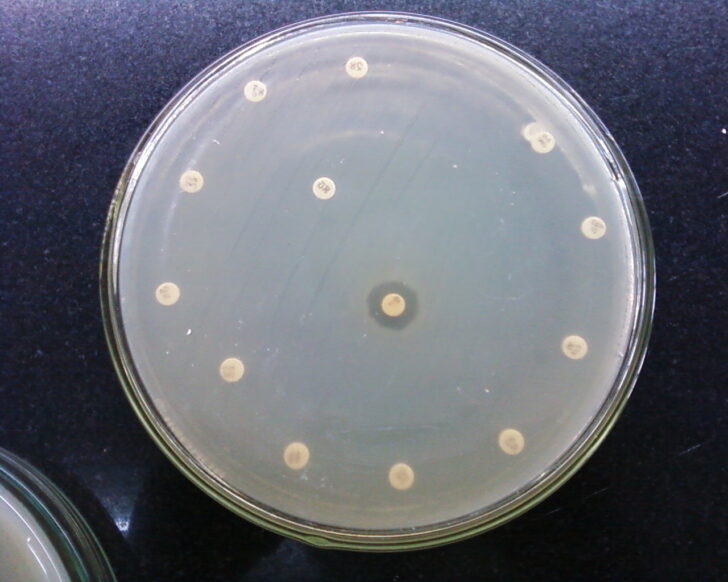Study Analyzes Mechanisms Behind Bacterial Resistance to Ag Nanoparticles

Antimicrobials find their use in destroying or slowing down the growth of viruses, bacteria and other microorganisms. The misuse and overuse of antimicrobial agents are significant drivers of antimicrobial resistance. Silver nanoparticles are one kind of sophisticated material with antimicrobial properties that are well- documented.
They could exist in the form of an additive, as an antibiotic used to treat bodily infections, or as a coating on commercial products that are utilized to prevent germs. Such life-saving tools are important to avoid and treat infections in plants, animals and humans. However, they also cause a universal threat to public health when microorganisms tend to develop resistance to them, a concept called antimicrobial resistance.
It has been highly utilized in commercial products that present improved germ-killing performance — it has been coated onto toothbrushes, woven into textiles and also blended into cosmetics as a preservative.
At the University of Pittsburgh Swanson School of Engineering, the Gilbertson Group has made use of the laboratory strains of E. coli to better comprehend the bacterial resistance to silver nanoparticles and make efforts to prevent possible misuse of this material. Recently, the team has published the study findings in the journal Nature Nanotechnology.
Stabryla subjected E. coli to silver nanoparticles for 20 successive days and tracked the growth of bacteria over time. Nanoparticles are approximately 50 times smaller when compared to a bacterium.
Stabryla noted, “In the beginning, bacteria could only survive at low concentrations of silver nanoparticles, but as the experiment continued, we found that they could survive at higher doses. Interestingly, we found that bacteria developed resistance to the silver nanoparticles but not their released silver ions alone.”
The genome of E. coli exposed to silver nanoparticles was sequenced by the researchers and they discovered a mutation in a gene that matches an efflux pump that drives out heavy metal ions from the cell.
Further, the group investigated two different kinds of E. coli: a hyper-motile strain that swims via its environment more rapidly compared to normally motile bacteria, and a non-motile strain that does not possess physical means for moving around. Thus, it was discovered that only the hyper-motile strain tends to develop resistance.
“This finding could suggest that silver nanoparticles may be a good option to target certain types of bacteria, particularly non-motile strains,” stated Stabryla.
Eventually, bacteria will still manage to evolve and escape from antimicrobials. The belief is that an awareness of the mechanisms that results in this evolution and cautious use of new antimicrobials will help reduce the effect of antimicrobial resistance.
Original publication: Nature Nanotechnology
Stabryla et al. (2021) – Role of bacterial motility in differential resistance mechanisms of silver nanoparticles and silver ions
Image source: Wikimedia Commons
Microrao: Antibiotic resistant bacteria